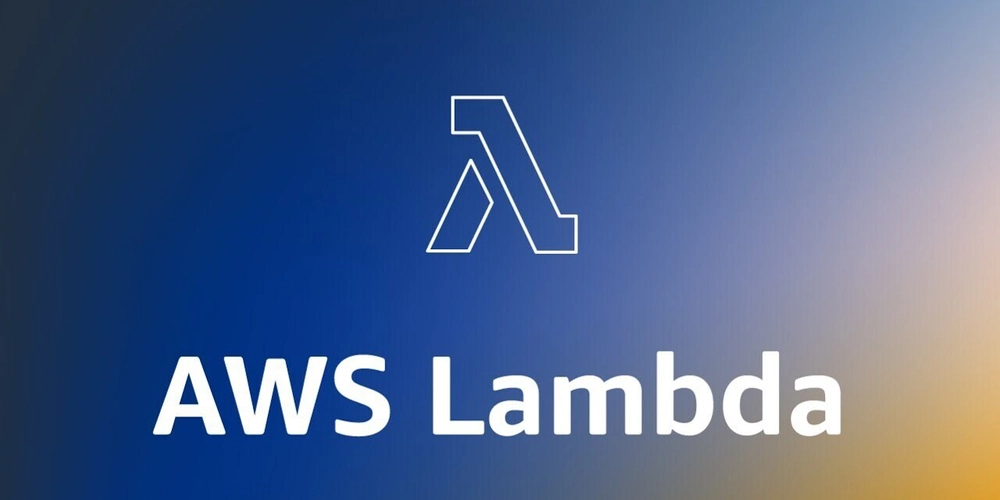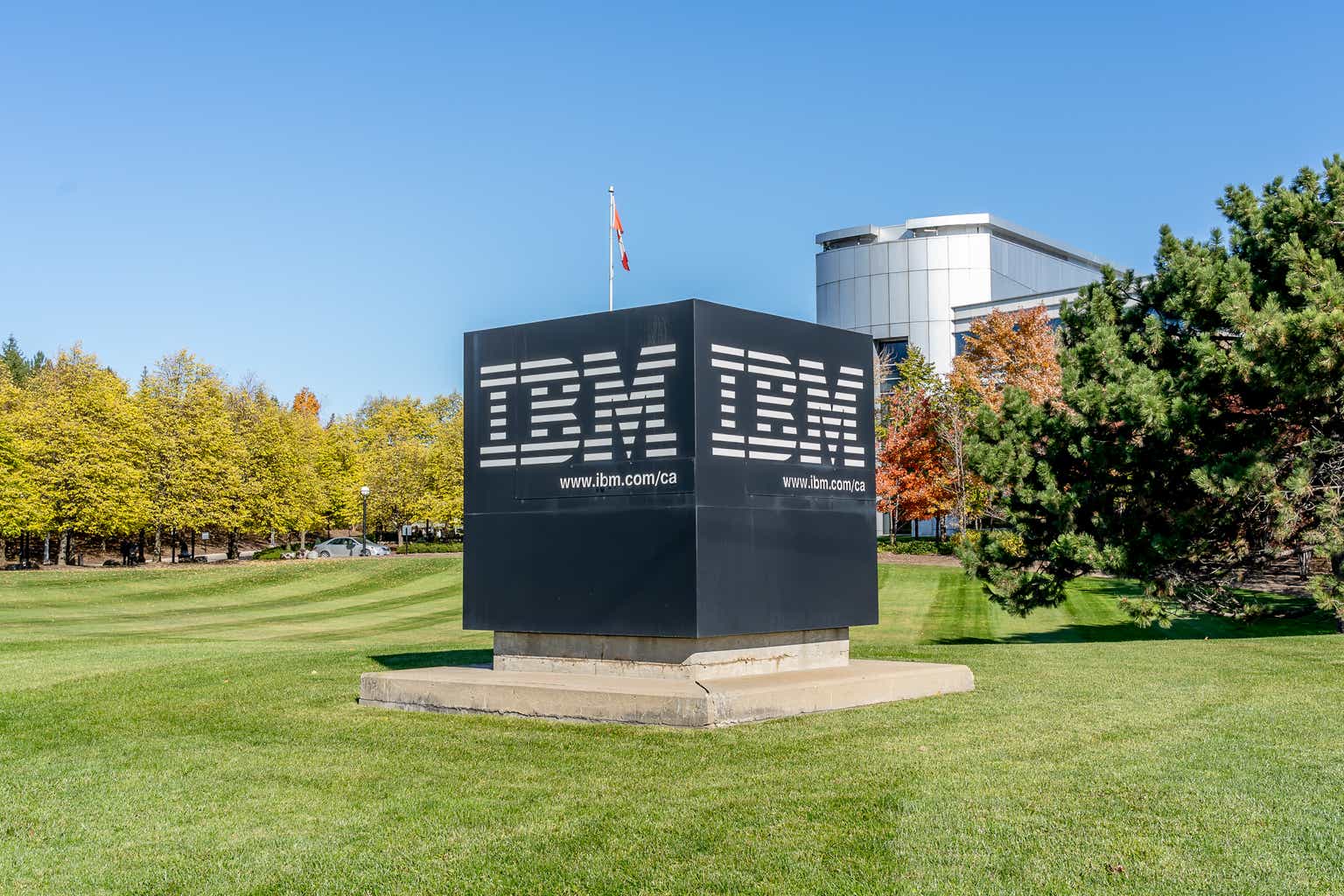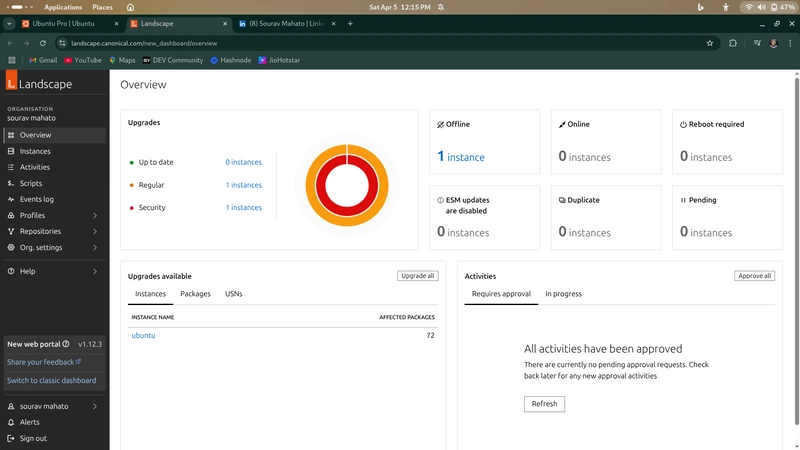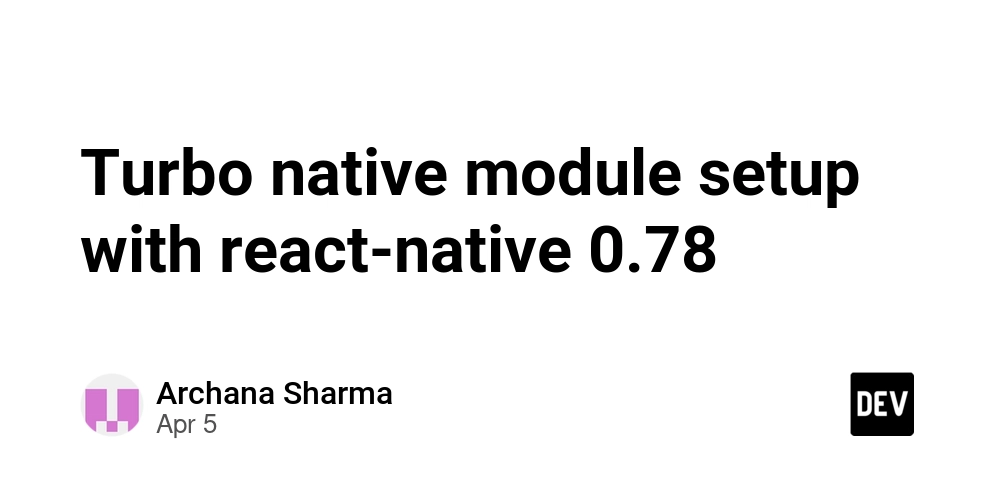New to AWS Lambda? Here’s Everything You Need to Know to Get Started!
AWS Lambda: A Beginner's Guide to Serverless Computing Introduction Serverless computing is a cloud computing model where developers build and run applications without managing servers. The cloud provider handles infrastructure management, scaling, and billing, allowing developers to focus on coding. One of the most popular serverless services is AWS Lambda, provided by Amazon Web Services (AWS). AWS Lambda: An Overview AWS Lambda is a serverless computing service that allows developers to run code without provisioning or managing servers. It is an ideal compute service for applications that need to scale up rapidly and scale down to zero when not in demand. This guide explores AWS Lambda in detail, covering its architecture, key features, use cases, pricing, limitations, and how to deploy a simple function. Key Features of AWS Lambda 1. Serverless Compute Run code without managing servers. No need to provision or manage infrastructure. 2. Automatic Scaling Lambda automatically scales up or down based on the number of requests. Handles thousands of requests per second dynamically. 3. Cost-Effective (Pay-as-You-Go Pricing) You only pay for the compute time you consume (measured in milliseconds). No upfront costs or idle server charges. 4. Multi-Language Support AWS Lambda supports multiple programming languages, including: Python Java Node.js Ruby Go PowerShell 5. Reliability Built on AWS infrastructure, ensuring high availability and reliability. Use Cases for AWS Lambda 1. Data Processing Process real-time data streams from services like Amazon Kinesis or DynamoDB Streams. 2. API Backends Create and deploy serverless APIs using AWS Lambda with Amazon API Gateway. 3. Automation and Task Scheduling Automated Backups Schedule Lambda functions to perform automatic backups of data and applications. Cron Jobs Execute periodic tasks using AWS Lambda, eliminating the need for dedicated servers. 4. IoT Device Management Manage IoT devices and configurations remotely. Process real-time sensor data for monitoring and analysis. 5. Video Encoding Process video files using Lambda functions for format conversion and optimization. How to Get Started With AWS Lambda Step 1: Create an AWS Account If you don’t already have an AWS account, sign up for a free tier account at AWS Console. Step 2: Access AWS Lambda Log in to the AWS Management Console. Search for Lambda in the AWS search bar. Click Create function. Step 3: Create a New Lambda Function Choose a Method Author from scratch → Create a function from scratch. Use a blueprint → AWS provides pre-built templates. Configure the Function Name your function (e.g., myFirstLambda). Choose a runtime (e.g., Python 3.9 or Node.js 18.x). Set an execution role (AWS will create a default IAM role for you). Click Create function. Step 4: Write and Deploy Lambda Code Write code directly in AWS Console or upload a ZIP file. Here’s a simple Python example that returns "Hello, World!": import json def lambda_handler(event, context): return { 'statusCode': 200, 'body': json.dumps("Hello, World!") } Step 5: Configure a Trigger (Optional) Click Add Trigger. Choose API Gateway, Amazon S3, or CloudWatch. Configure the trigger. Step 6: Deploy and Test Click Deploy. Click Test → Choose Create new test event. Run the test and check the output. Challenges of AWS Lambda 1. Memory and CPU Limits Maximum 3 GB memory with limited CPU resources. 2. Execution Time Limit Functions can run for a maximum of 15 minutes. 3. Deployment Package Size 250 MB (uncompressed) limit for deployment packages. 4. Concurrent Execution Limits AWS enforces limits on the number of concurrent executions. 5. Limited Logging and Monitoring Debugging is challenging, especially for complex event-driven architectures. 6. Stateless Nature AWS Lambda functions are stateless, making tracking across multiple executions difficult. 7. Debugging Difficulty Traditional debugging methods do not work effectively in a serverless environment. Next Steps

AWS Lambda: A Beginner's Guide to Serverless Computing
Introduction
Serverless computing is a cloud computing model where developers build and run applications without managing servers. The cloud provider handles infrastructure management, scaling, and billing, allowing developers to focus on coding.
One of the most popular serverless services is AWS Lambda, provided by Amazon Web Services (AWS).
AWS Lambda: An Overview
AWS Lambda is a serverless computing service that allows developers to run code without provisioning or managing servers. It is an ideal compute service for applications that need to scale up rapidly and scale down to zero when not in demand.
This guide explores AWS Lambda in detail, covering its architecture, key features, use cases, pricing, limitations, and how to deploy a simple function.
Key Features of AWS Lambda
1. Serverless Compute
- Run code without managing servers.
- No need to provision or manage infrastructure.
2. Automatic Scaling
- Lambda automatically scales up or down based on the number of requests.
- Handles thousands of requests per second dynamically.
3. Cost-Effective (Pay-as-You-Go Pricing)
- You only pay for the compute time you consume (measured in milliseconds).
- No upfront costs or idle server charges.
4. Multi-Language Support
AWS Lambda supports multiple programming languages, including:
- Python
- Java
- Node.js
- Ruby
- Go
- PowerShell
5. Reliability
- Built on AWS infrastructure, ensuring high availability and reliability.
Use Cases for AWS Lambda
1. Data Processing
- Process real-time data streams from services like Amazon Kinesis or DynamoDB Streams.
2. API Backends
- Create and deploy serverless APIs using AWS Lambda with Amazon API Gateway.
3. Automation and Task Scheduling
Automated Backups
- Schedule Lambda functions to perform automatic backups of data and applications.
Cron Jobs
- Execute periodic tasks using AWS Lambda, eliminating the need for dedicated servers.
4. IoT Device Management
- Manage IoT devices and configurations remotely.
- Process real-time sensor data for monitoring and analysis.
5. Video Encoding
- Process video files using Lambda functions for format conversion and optimization.
How to Get Started With AWS Lambda
Step 1: Create an AWS Account
- If you don’t already have an AWS account, sign up for a free tier account at AWS Console.
Step 2: Access AWS Lambda
- Log in to the AWS Management Console.
- Search for Lambda in the AWS search bar.
- Click Create function.
Step 3: Create a New Lambda Function
Choose a Method
- Author from scratch → Create a function from scratch.
- Use a blueprint → AWS provides pre-built templates.
Configure the Function
-
Name your function (e.g.,
myFirstLambda). - Choose a runtime (e.g., Python 3.9 or Node.js 18.x).
- Set an execution role (AWS will create a default IAM role for you).
- Click Create function.
Step 4: Write and Deploy Lambda Code
- Write code directly in AWS Console or upload a ZIP file.
Here’s a simple Python example that returns "Hello, World!":
import json
def lambda_handler(event, context):
return {
'statusCode': 200,
'body': json.dumps("Hello, World!")
}
Step 5: Configure a Trigger (Optional)
- Click Add Trigger.
- Choose API Gateway, Amazon S3, or CloudWatch.
- Configure the trigger.
Step 6: Deploy and Test
- Click Deploy.
- Click Test → Choose Create new test event.
- Run the test and check the output.
Challenges of AWS Lambda
1. Memory and CPU Limits
- Maximum 3 GB memory with limited CPU resources.
2. Execution Time Limit
- Functions can run for a maximum of 15 minutes.
3. Deployment Package Size
- 250 MB (uncompressed) limit for deployment packages.
4. Concurrent Execution Limits
- AWS enforces limits on the number of concurrent executions.
5. Limited Logging and Monitoring
- Debugging is challenging, especially for complex event-driven architectures.
6. Stateless Nature
- AWS Lambda functions are stateless, making tracking across multiple executions difficult.
7. Debugging Difficulty
- Traditional debugging methods do not work effectively in a serverless environment.
Next Steps














































































